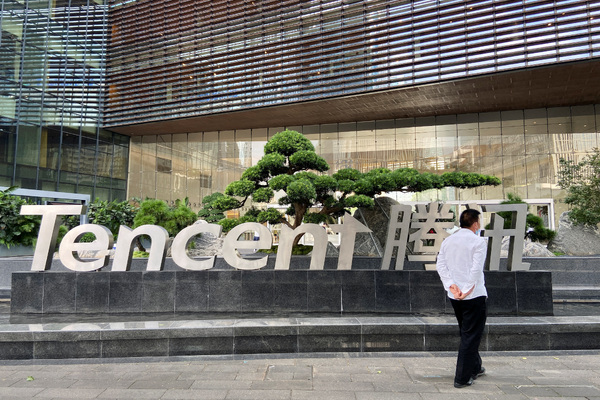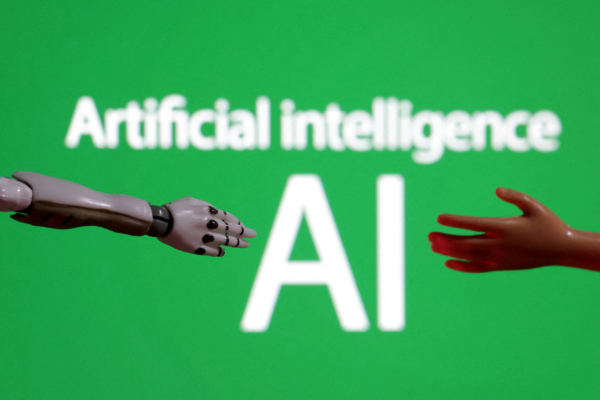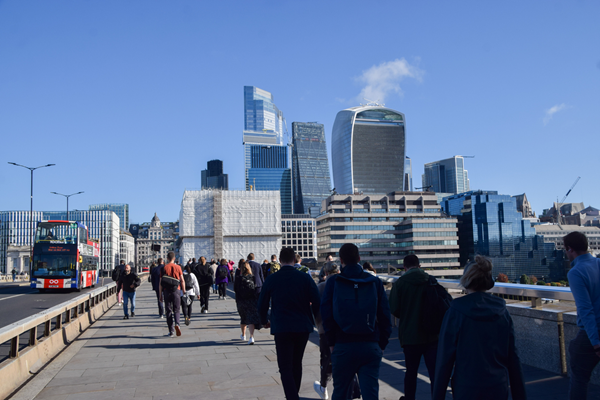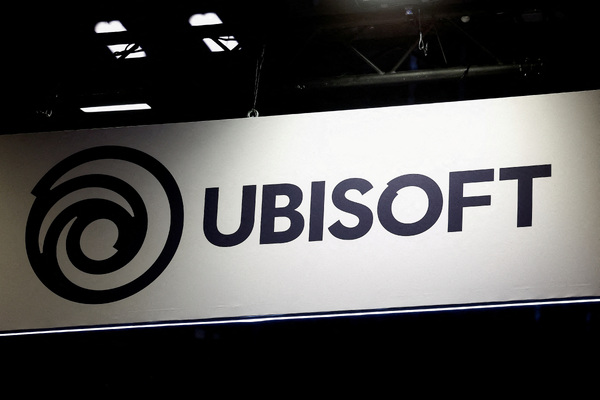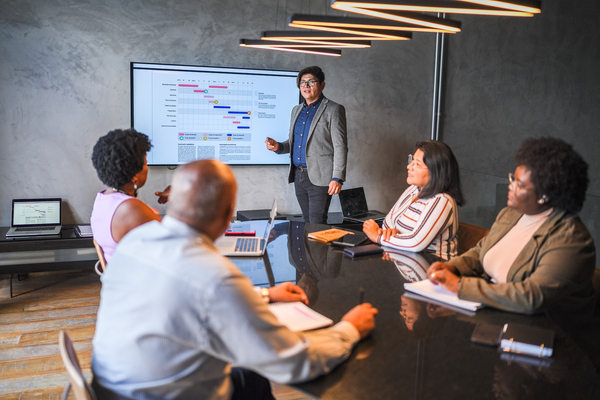Revolution in the workplace: designing for a happier workforce
Sponsored by Area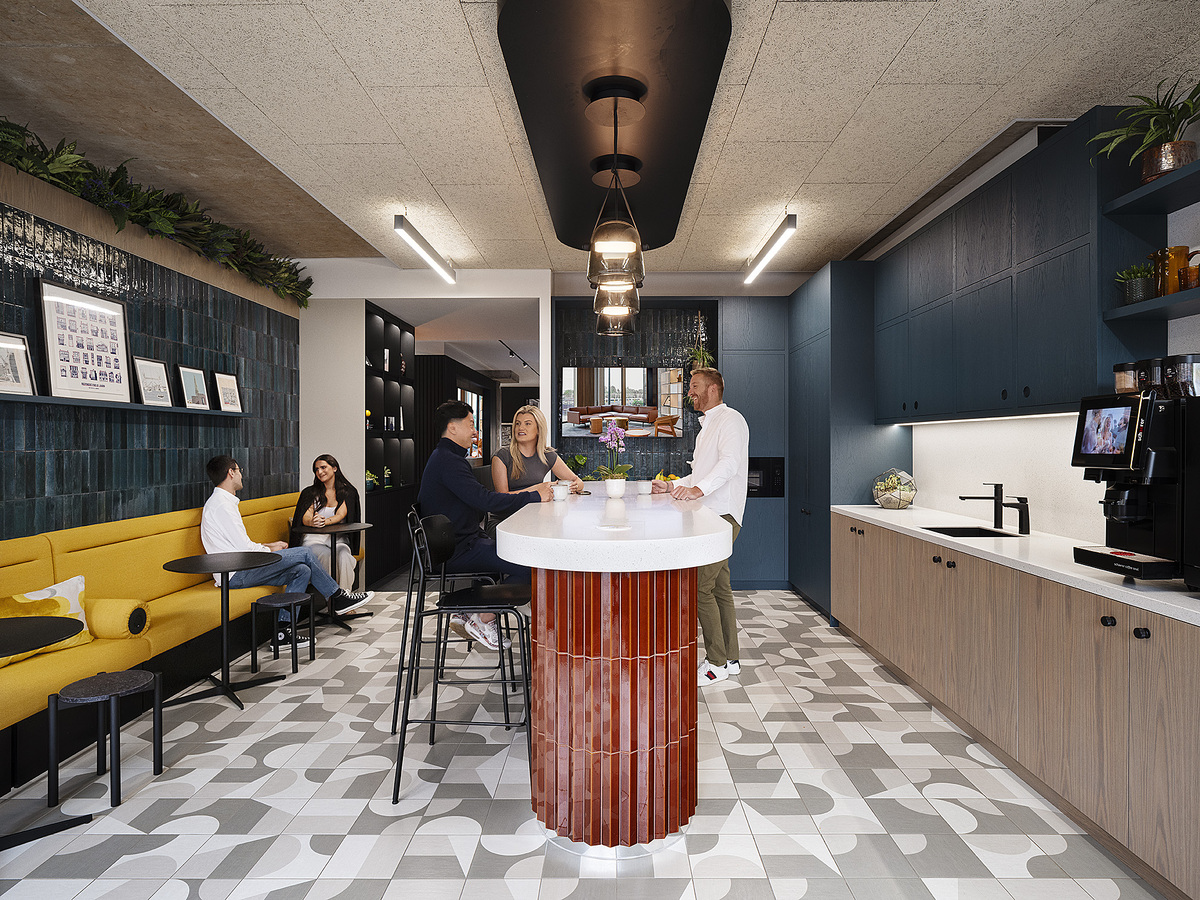
Twenty-five years ago, there was no talk of “workplaces” or “workspaces” – people simply went to “the office” and sat in cubicles or at rows of desks. That setup was the best way to maximise efficiency – or so it was thought.
A quarter of a century on, the way people work has been transformed. The workplace is now a living, breathing ecosystem that prioritises people, purpose and sustainability.
Along with it, workplace culture has been revolutionised. Businesses are no longer designing spaces just for employees to sit and work – they are creating hubs of innovation, collaboration and wellbeing that enable employees to be both productive and happy.
Gyms, saunas and cafés have taken the place of bad ventilation, poor lighting and minimal facilities. Casual clothing has taken the place of suits and ties. The nine-to-five has been replaced by flexible hours and hybrid working. And although the ability to work anywhere has changed everything, workplaces still offer a hub, a brand and an ecosystem.
“A future-ready workplace needs to connect on many levels – its people, brand, values. It should support strong collaboration, and embrace innovation and technology,” says Gary Chandler, CEO of Area.
Energising employees
The workplace has never been more important – and, especially today, more under scrutiny.
Major corporations are now issuing back-to-office mandates; others are navigating hybrid work demands and ambitious sustainability targets. Many face employee engagement challenges. A large part of this results from the design of the workplace itself.
A poorly designed workplace leads to underused space, disaffected employees and unnecessary costs. Money is squandered, productivity lags and staff turnover increases.
Workplaces need to do more than just exist. They need to perform. A thoughtful, well-planned space can drive collaboration, enhance wellbeing and actively contribute to a company’s long-term goals.
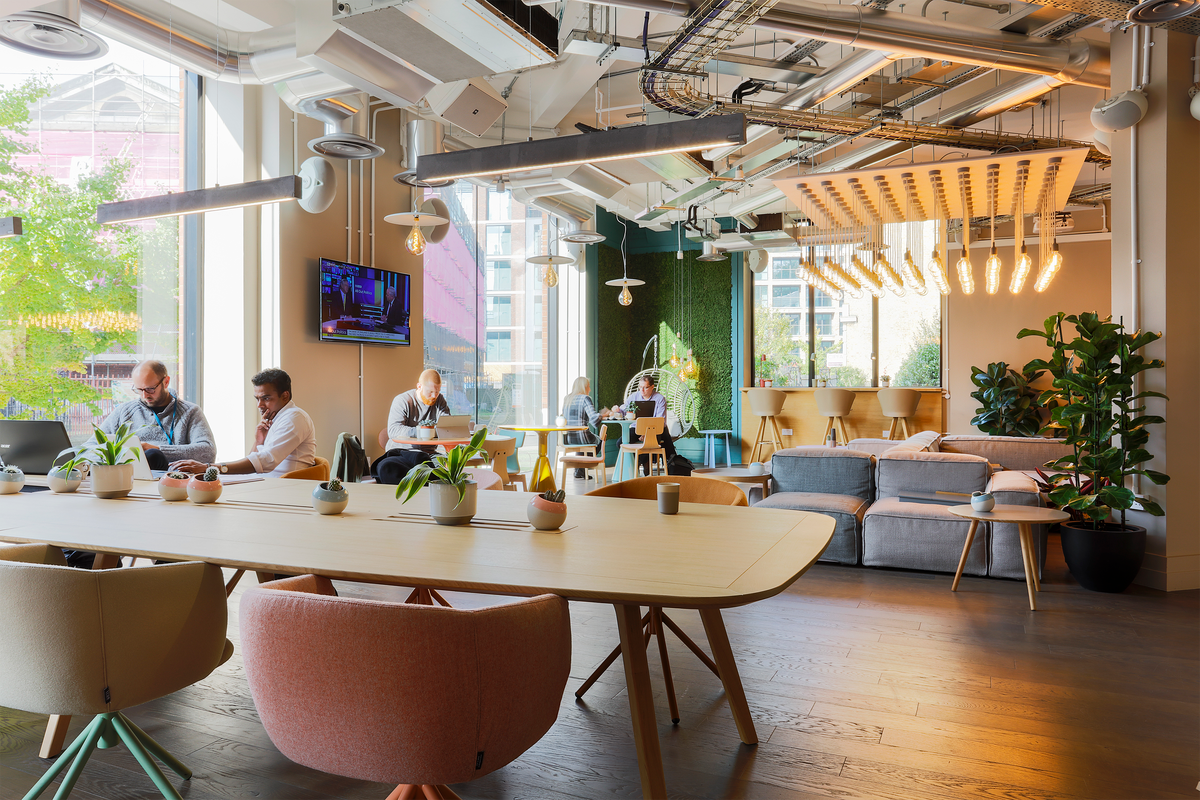
The future workplace
The direction of travel for modern workplaces seems clear. Some two decades ago, the “Google model” pioneered use of comfy and bright breakout areas, games rooms and even a chief happiness officer. WeWork then curated a hospitality-inspired workplace in which aesthetics and comfort were as important as functionality.
Now, workplaces must do all that while showcasing their sustainability. After all, a majority of employees are demanding their employers take action on sustainability. A large number even take a potential employer’s environmental record into account when evaluating job opportunities.
Area, celebrating its 25th anniversary in 2025, has spent a quarter of a century redefining how businesses design and use their spaces – not only to inspire productivity but to drive environmental and social responsibility.
Among the first in its industry to earn B Corp certification, it works closely with its sister companies Sketch Studios – experts in furniture and workplace solutions – and 360 Workplace, which specialises in workplace consultancy, to transform working environments across the UK and Europe.
In 2024 it launched Project Positive to tackle carbon emissions, responsible sourcing, and community-driven impact head-on.
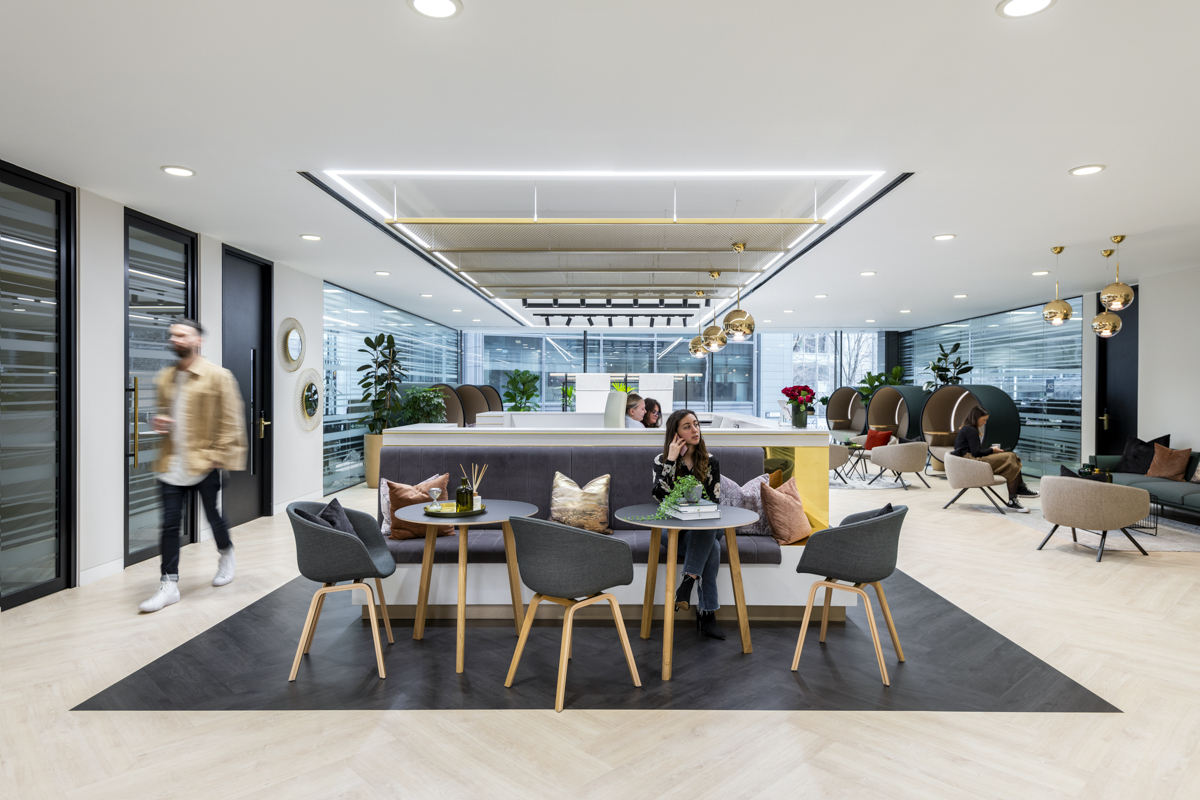
Making good on pledges
Sustainability isn’t an afterthought; it’s built into every one of Area’s projects.
As the UK moves towards its 2050 Net Zero target, businesses are under increasing pressure to not just talk about sustainability, but to prove it. However, achieving meaningful carbon reductions can be complex, especially when it comes to the workplace.
Area’s carbon-tracking tools allow businesses to measure, manage and mitigate their environmental impact from the outset – ensuring they can prove their sustainability efforts, not just claim them. Area takes a lifecycle approach to design. Longevity, reuse and minimal waste are central to its blueprints for the ideal workplace. Carbon removal investments are promoted ahead of traditional avoidance strategies.
This focus on people extends beyond the workplace. As part of Project Positive, Area collaborates with clients on social and charitable initiatives, ensuring that its projects have a positive impact on local communities.
“Employees are far more alert to sustainability trends than before, and know how to separate marketing from measurable action,” says Duncan Morris, Head of Sustainability at Area. “Companies today need to demonstrate that they’re doing more than simply making pledges.”
People come first
While sustainability is a key priority, Area recognises that people remain at the centre of every workplace.
It has a set of core values that guide every project. Trust and accountability ensures strong partnerships with clients, employees and suppliers. A commitment to doing the right thing, whether in sustainability, workplace design, or community engagement, builds long-term value and reinforces the company’s reputation as a responsible, forward-thinking business.
Finally, a people-first mindset recognises that the right attitude is just as important as expertise. “Businesses need a holistic approach to designing workplaces,” says Chandler. “When employees are healthy and happy, productivity naturally follows – it’s all connected.”
For more information about how Area’s sustainable workplace solutions can work for you, visit www.area.co.uk
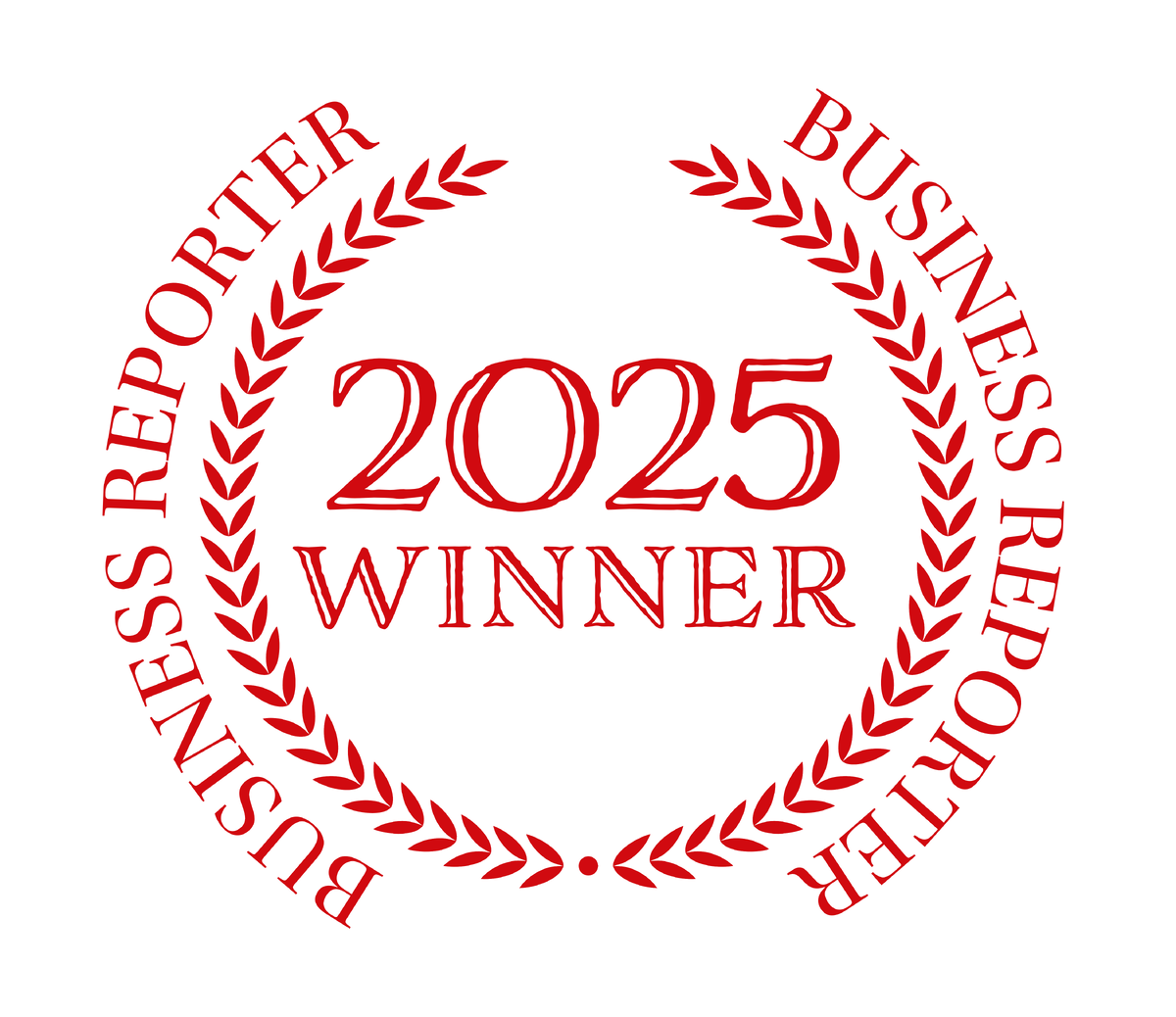

Business Reporter Team
Related Articles
Most Viewed
Winston House, 3rd Floor, Units 306-309, 2-4 Dollis Park, London, N3 1HF
23-29 Hendon Lane, London, N3 1RT
020 8349 4363
© 2025, Lyonsdown Limited. Business Reporter® is a registered trademark of Lyonsdown Ltd. VAT registration number: 830519543
